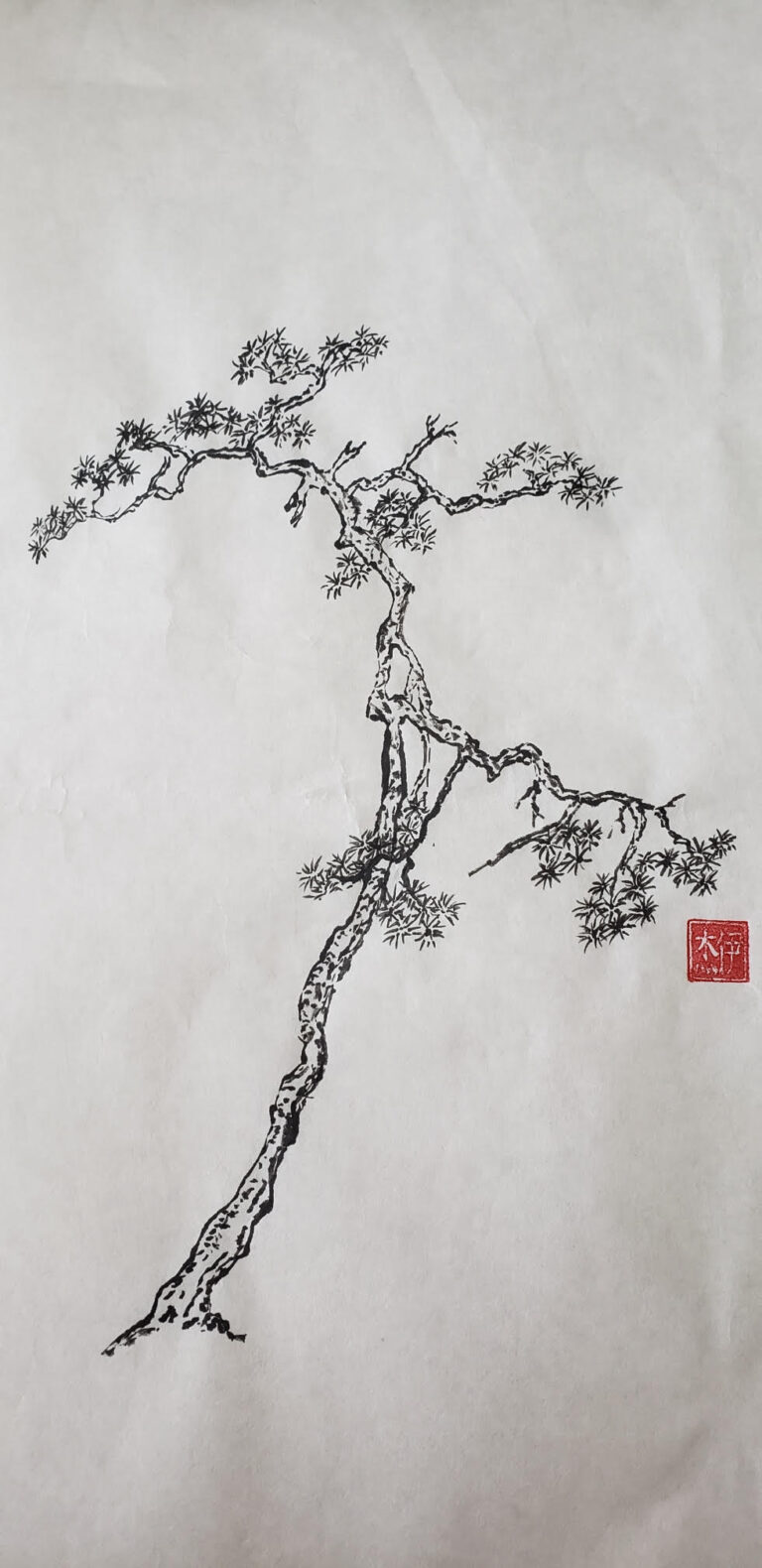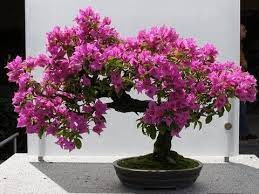by Jim Keith

I have begun to sketch some of my trees in order to develop a stronger vision of where I want to proceed with potential designs. There are many bonsai masters who have taken to sketching their works, and I believe it helps them to better conceptualize their styling. If you have attended any of Ben Oki’s workshops with our club, you know that Ben sketches the trees he works on as a conceptualization of what he believes the tree should look like as a finished bonsai.
Here are some of the terms that are used to describe visual elements of artwork that were listed in a handout I received during the seminar I attended. The seminar was presented by Eileen M. Daily, who directs the Master of Arts in Religious Education degree program at Loyola University’s Institute of Pastoral Studies. She references The Art of Seeing by Paul J. Zelanski and Mary Pat Fisher [Upper Saddle River, NJ: Prentice Hall, 1994]. These are good terms and descriptions to keep in mind while you are working on and contemplating the designs of your trees.
Visual Elements
Line-may be seen in a mark or area that is significantly longer then it is wide.
Shape-indicates a two-dimensional area.
Form-as used together with shape indicates a three-dimensional area.
Space-is that which the lines, shapes, and forms occupy.
Texture-is the “surface quality” of a work, either in how its actual surface would feel if touched or in the illusion of surface.
Value-as used in the context of visual art relates to the lights and darks of the materials used in creating the work or “the relative lightness or darkness of an area.”
Light-refers to how light appears in or on a work.
Color-for most people, the first thing that strikes them about an image or object. The subtler effects of color, however, often are not obvious to our conscious perception. Color is complex, but at the same time, we make meaning of it easily.
Time– is often depicted in an image, as movement, as condensed,and as change.
Organizing Principles
Repetition-when an artist repeats a single design element, be it a kind of line, shape, form, texture, value, or color.
Variety-is the flip side of repetition.
Rhythm-is the arrangement of the repetition and the variety, much like rhythm is found in music.
Balance-refers to the distribution of the apparent visual weights so that they seem to offset one another.
Compositional Unity-is when there are strong attachments or tensions between elements or figures in a piece.
Economy-refers to how little or how much extraneous detail is in the work.
Proportion-suggests that the various parts of a work should be in pleasing relationship with each other.
Relation To The Environment-refers to whether the work fits in the space for which it was intended.


